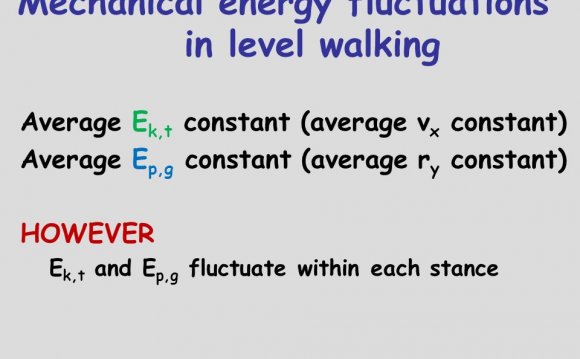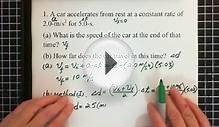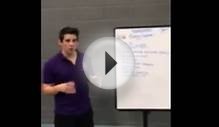
Despite dozens of measurements over more than 200 years, we still don’t know how strong gravity is
Terry Quinn
- Collaborators: Terry Quinn (left) and his fellow researcher Clive Speake of the University of Birmingham in England stand with their gravitational constant experiment at the BIPM. Both researchers spent more than a decade on this work, which is the latest in a series of tests aiming to pin down the value of Isaac Newton’s gravity constant.
- Precision Measurements: Terry Quinn, leader of the BIPM’s experiment, uses the coordinate-measuring machine. Quinn previously led a separate attempt to measure the gravitational constant in 2001.
- Calibrating the Experiment: Researchers measure the thickness of the torsion balance in multiple positions in order to calculate its moment of inertia. Learning this property is necessary to understand the apparatus’s gravity-induced rotation.
- Lights and Mirrors: In the experiment, gravity attracts the test weights to the source masses, causing the torsion balance to rotate. This rotation (angular deflection) is measured by light bouncing off a mirror on the apparatus. Here, the position of the mirror surface is being measured by the coordinate-measuring machine.
- Moment of Inertia: To measure big G as accurately as possible, all aspects of the apparatus must be well understood. Scientists measure the torsion balance’s moment of inertia by placing two stainless steel balls on it at the end of the experiment. Here, the position of one of these balls is measured by the feeler of the coordinate-measuring machine.
- Weight-Bearing: One end of a copper–beryllium torsion strip just 30 micrometers thick, 1.5 millimeters wide and 160 millimeters long, is shown here being held by a massive clamping block. This strip is used to suspend the test weights in the torsion balance.
- Delicate Measures: The position of a test mass (copper-colored cylinders) is being measured by the feeler (small, red sphere) of an instrument called a coordinate-measuring machine (black tool).
- Torsion Balance: To measure the gravitational constant, the researchers used a torsion balance (pictured here, partially dismantled). Toward the center are four small test masses, which weigh 1.2 kilograms each. On the outside are larger source masses (11 kilograms). The gravitational attraction between these masses causes the apparatus to rotate according to the strength of gravity.
- The Pull of Gravity: Inside this laboratory at the International Bureau of Weights and Measures (BIPM) in Sèvres, France, researchers undertook a meticulous 10-year experiment to measure the strength of gravity. This fundamental constant of nature, known as big G, is surprisingly hard to pin down.
Neuroscience. Evolution. Health. Chemistry. Physics. Technology.
Subscribe Now!
Source: www.scientificamerican.com
INTERESTING VIDEO

Krieg der Götter (Constantin Film)

1g. Kinematics: Constant Acceleration: Problem Solving 1

BTEC Sport - Energy Systems. By Nick Constant.








